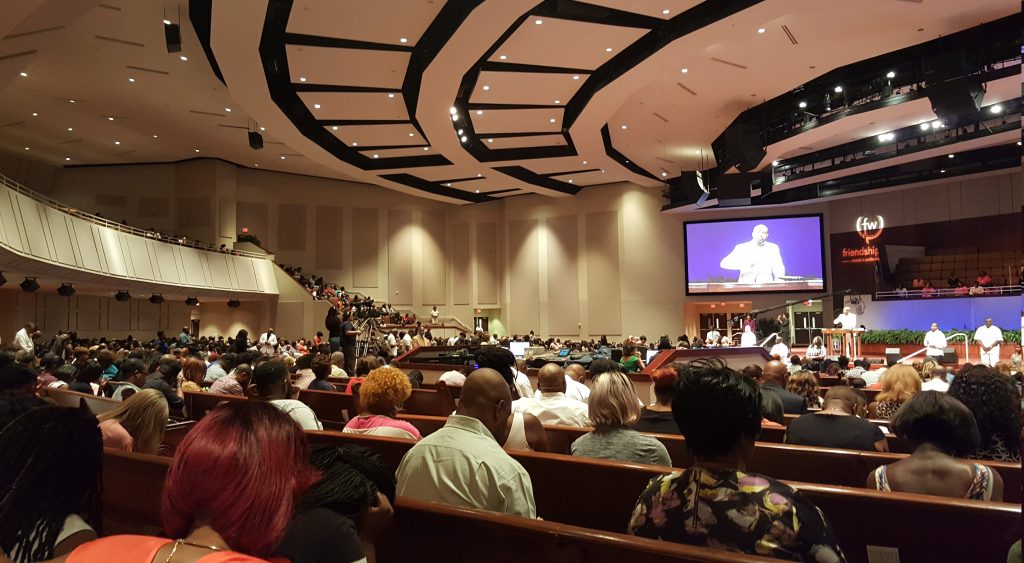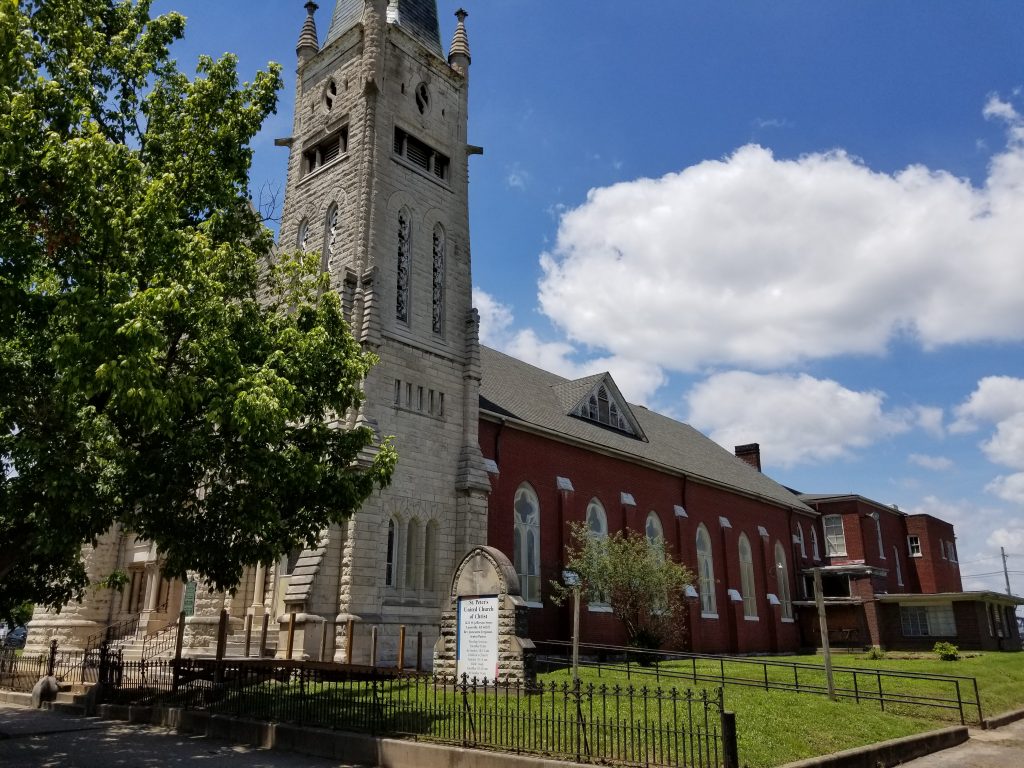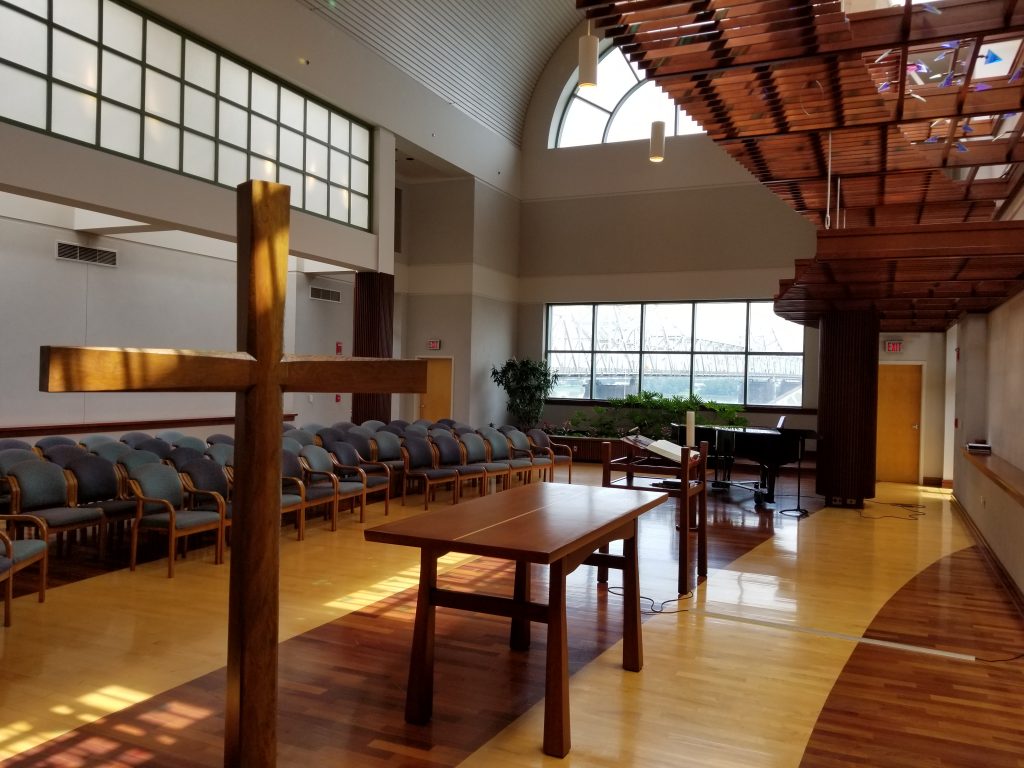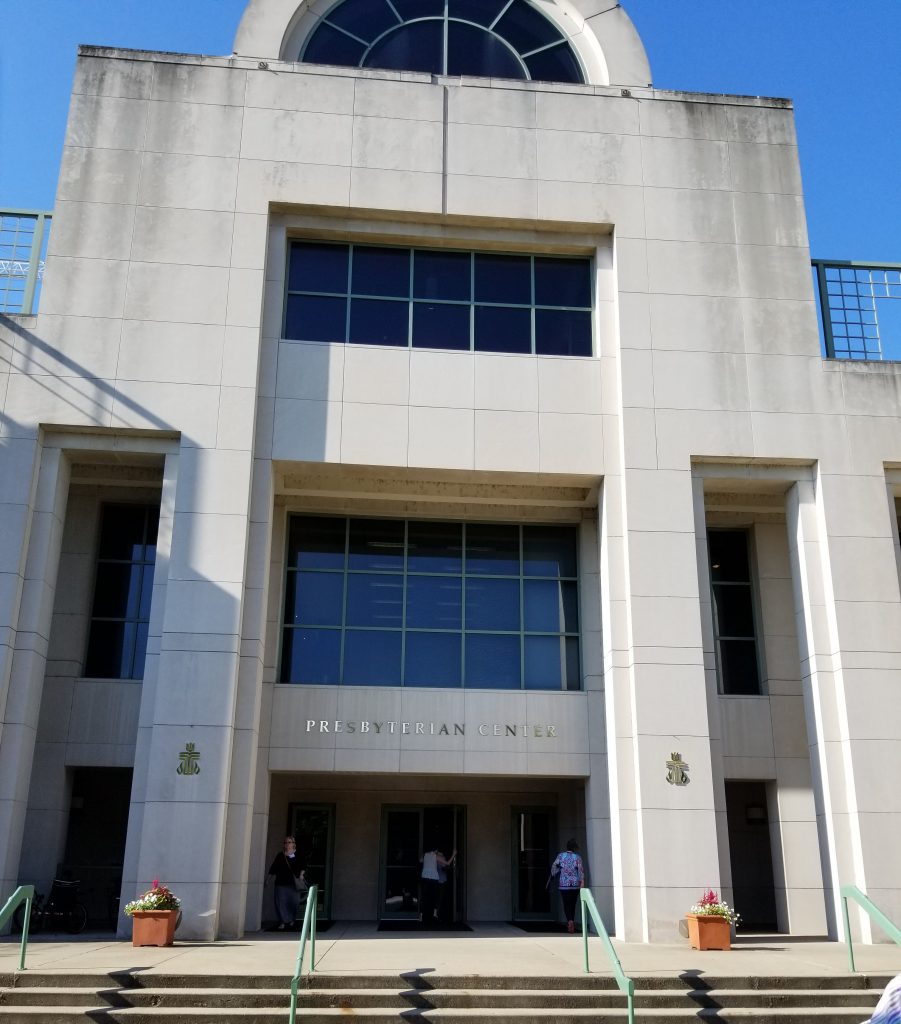For Lent, I’m giving up something big: the church I always knew. And, unlike past Lenten disciples that ended on Easter, this change is one I expect to be permanent.
My Christian Identity
For all of my life, I’ve self-identified as a Mainline Protestant.
Despite this unchanging identification, I’ve spent significant time outside my own tradition. My experiences beyond the Mainline include

- Worship. I’ve visited and worshipped in dozens of congregations affiliated with a variety of denominations (as well as some with no denominational affiliation).
- Study. I’ve studied ministry in five institutions of higher education (colleges, universities, and seminaries) affiliated with non-Mainline traditions.
- Service. I’ve participated in community projects, mission trips, and other service activities led by Christian congregations or para-church organizations with connections only to non-Mainline traditions.
These experiences outside of the Mainline strengthened by commitment to and comfort in the world of Mainline Protestantism.
The group referred to as Mainline Protestant is commonly understood to be comprised of seven denominations. My involvement includes:
- American Baptist Convention.
- Christian Church (Disciples of Christ) – 4 years. After graduating from seminary, my first two experiences as a pastor were in Disciples’ congregations in Dallas (TX) and Garland (TX).
- Episcopal (ECUSA). My wedding was held in Episcopal congregation in Beaumont (TX) during a Sunday worship service.
- Lutheran (ELCA) – 3 years. I served a congregation in Dallas (TX) in multiple roles while completing my doctor of ministry degree.
- Presbyterian (PCUSA) – 25+ years. I grew up in a congregation in Arlington (TX) where I was confirmed, sensed a call to ministry, and preached my first sermon. As a seminarian my first ministry experience was in a congregation in Duncanville (TX). Years later I served a congregation in Naples (FL). Since 2019, I’ve been a member of a congregation in Fort Worth (TX).
- United Church of Christ – 10+ years. I served on the staff of a congregation in Naples (FL), and as pastor of congregations in Marco Island (FL) and Fort Myers (FL). Since 2017, I’ve been a member of a congregation in Dallas (TX). Additionally, I was a fellow in the first cohort of Adese Fellows (a social enterprise fellowship), and a coach for the most recent cohort.
- United Methodist Church – 5+ years. I was a member of a congregation in Corinth (TX). Since 2017, I’ve serve an ecumenical non-profit that originated as a ministry of a United Methodist Church in Mansfield (TX).

photo by Greg Smith
Mainline Decline
The numeric decline in membership in Mainline Protestantism has been well documented. I trust my readers are well versed in this story.
For a refresher, consider the statistics for the two denominations I’m most involved in at present:

- The Presbyterian Church (U.SA.) was formed in 1983 by a merger of the United Presbyterian Church in the U.S.A. and the Presbyterian Church in the United States. During the denomination’s first 36 years, membership declined by 58%, dropping from 3,121,238 in 1983 to 1,302,048 in 2019. (For more on this denomination’s decline see Presbyterian Decline: PCUSA – The First 35 Years and PC(USA) Membership Declines by “Only 50K.“)
- The United Church of Christ was formed in 1957 by a merged of the Congregation Christian Church and the Evangelical and Reformed Church. (Notably both of these entities were formed by mergers as well – the Congregational Church and Christian Church merged in 1931 to form the Congregational Christian Church while the German Reformed Church and the German Evangelical Synod of North America merged in 1934 to form the Evangelical and Reformed Church.) During the United Church of Christ’s first 60 years, membership declined by 61% dropping from 2,193,151 in 1957 to 853,788 in 2017. (For more on this denomination’s decline see 6 Decades of Decline in the United Church of Christ and UCC Decline Enters 7th Decade.)

Giving Up
Everything about Mainline Protestantism is less than it once was. The narrative of decline has dominated for multiple generations.
The Mainline ceased being main, central, or chief decades ago. Some have taken to referring to the group as Sideline since the group’s size and influence has waned while others opt for Oldline since the group’s members are much older than the American population in general.
Main/Side/Old-line denominations have learned to live with less. At the denominational level, recurring consolidation efforts, layoffs, and budget cuts have become the new normal. To date, significant steps toward a merger of some or all of these denominations have not occurred. At the local church level, the number of congregations that are small and declining has increased.
Language Changes
Clearly Mainline no longer describes the position of this group of Protestants. Perhaps, even the word Protestant is no longer helpful.
In a 2012 book titled God is Alive and Well: The Future of Religion in America, Frank Newport, then Editor-in-Chief at Gallup, noted that Protestant is a generational term that had gone “out of fashion,” was rarely being used by those under age 40, and may soon disappear from usage all together (p.41-2).
Further, as I think back to my own experiences of people within this tradition speaking of their identities in recent years I immediately recognize other words are chosen with greater frequency. The two main groups I’ve continued to hear use one of these words or both together are clergy and retirees.
What Next?
As of today, I’m no longer self-identifying as a Mainline Protestant.
I don’t think the name is helpful. If the term carries positive meaning, such connotations are primarily historical.
My Alternative
From this point forward, I’m simply referring to myself as a follower of the Way of Jesus.*
My lifelong quest to live out this followership necessarily includes my active and ongoing participation in local congregations. And, such involvement has and will continue to be discerned by a variety of factors including theology, geography, and mission.
Macro Future
God is still speaking. God is active in the life of the form of Christianity known as Main/Side/Old-line.
I believe in resurrection. Resurrection and new life are one possible future for this form of Christianity.
I believe in unity. Some form of merger, deep collaboration, or functional unity is one possible future for this form of Christianity.
*Note: I’m not sure that self-identifying as Christian is particularly helpful in the early 2020s in America. Exploring current issues with the word “Christian” is beyond the scope of this blog post.